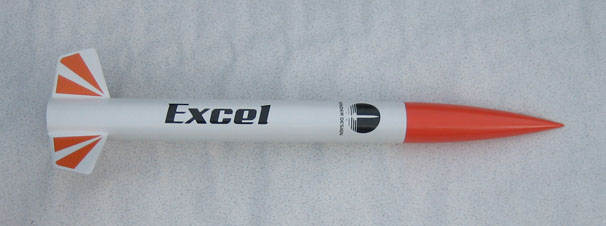Cmac
Well-Known Member
Actually both my son and I are getting into this pretty heavily.
We're both studying the Tripoli youth mentoring program and the other recommended material.
I'd really appreciate some simple advice on a few beginning decisions please.
I have two asks:
1: Please offer any advice that someone in my position tends to be unaware of.
2: Please offer some ideas on possible kit choices from trusted vendors.
One of our first choices of course is the rocket we use.
We have decided on a few basic requirements.
First and foremost I should stay with a kit that's suitable for somebody with intermediate modeling skills.
Level 3 or 4. No fiberglass.
I'd like to keep the kit price under $150.
I figure along with the kit price, building materials, likely basic upgrades, motors and shipping cost, my budget just might stay intact.
I don't need this one to get me level 2 certification in the future.
No dual deployment or electronics either.
We'd both prefer a large, low and slow design. We want to keep in in sight the whole flight.
It should be able to be flown safely on G motors for pre-cert test launches.
Still fairly low flying on H motor so as not to lose it.
I'm seeing motor mount options of 29mm, 38mm and 54mm. What factors should I consider here?
I am leaning toward 38mm for more flexibility and using an adapter when I need to. Thoughts on this?
I wouldn't mind still being able to put a I or J motor on it.
I know there are way too many options out there to ask you all to make my decision for me.
But I sure would love to hear some feed back on any of the popular kits that might match my wish list.
We're both studying the Tripoli youth mentoring program and the other recommended material.
I'd really appreciate some simple advice on a few beginning decisions please.
I have two asks:
1: Please offer any advice that someone in my position tends to be unaware of.
2: Please offer some ideas on possible kit choices from trusted vendors.
One of our first choices of course is the rocket we use.
We have decided on a few basic requirements.
First and foremost I should stay with a kit that's suitable for somebody with intermediate modeling skills.
Level 3 or 4. No fiberglass.
I'd like to keep the kit price under $150.
I figure along with the kit price, building materials, likely basic upgrades, motors and shipping cost, my budget just might stay intact.
I don't need this one to get me level 2 certification in the future.
No dual deployment or electronics either.
We'd both prefer a large, low and slow design. We want to keep in in sight the whole flight.
It should be able to be flown safely on G motors for pre-cert test launches.
Still fairly low flying on H motor so as not to lose it.
I'm seeing motor mount options of 29mm, 38mm and 54mm. What factors should I consider here?
I am leaning toward 38mm for more flexibility and using an adapter when I need to. Thoughts on this?
I wouldn't mind still being able to put a I or J motor on it.
I know there are way too many options out there to ask you all to make my decision for me.
But I sure would love to hear some feed back on any of the popular kits that might match my wish list.










